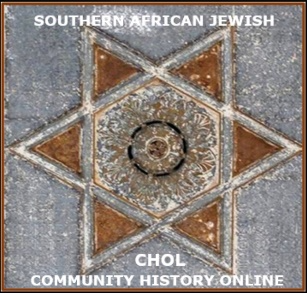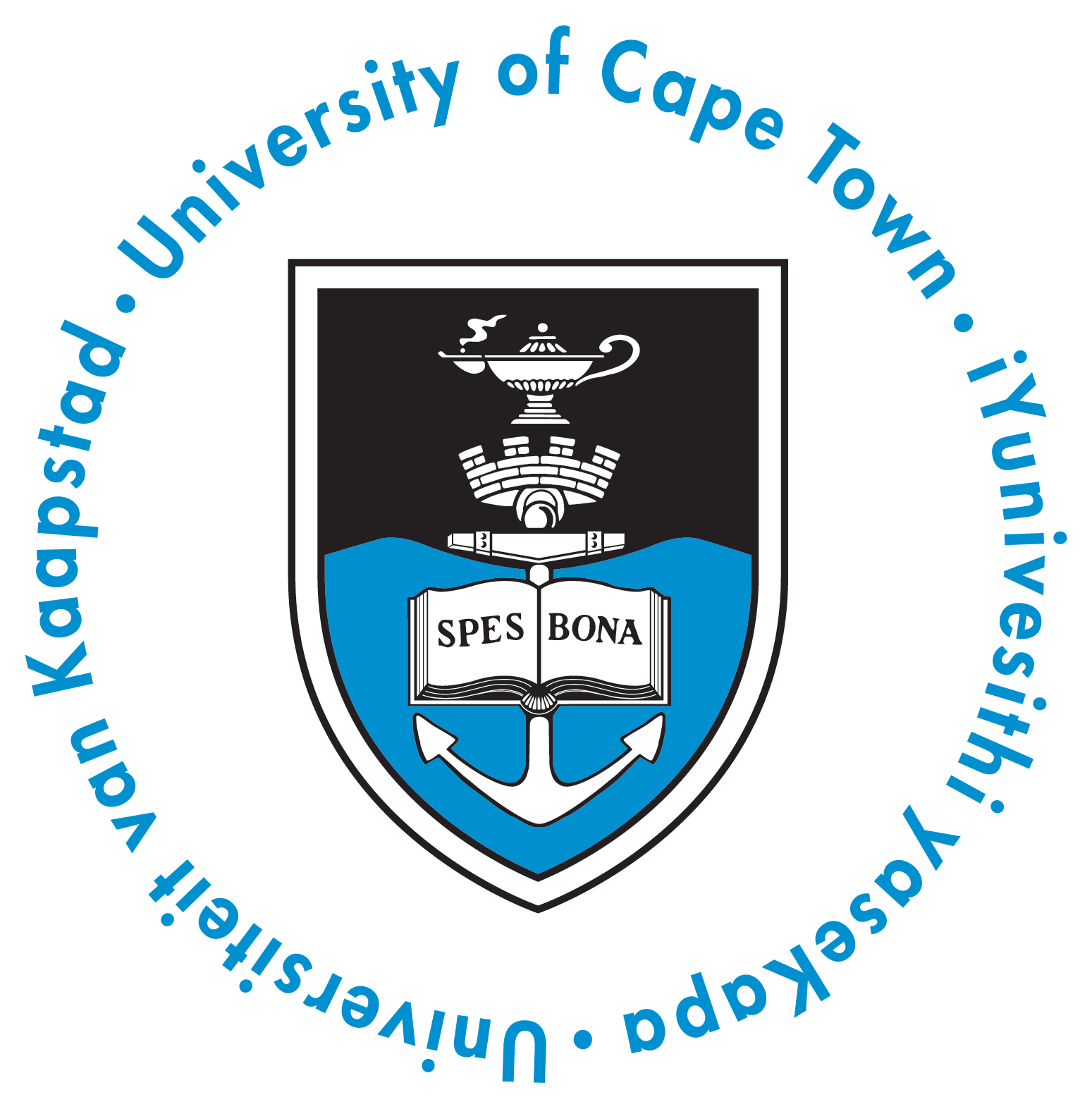
Woodstock and Salt River Jewish Community Timeline
Jews started arriving in the area around the turn of the 20th century.
The Woodstock and Salt River Hebrew Congregation was blessed with vibrant and dedicated leadership who employed effective and endearing ministers and teachers, creating a strong and cohesive community.
Although the congregation no longer exists, it is a place of echoes, rich and remarkable.
1911: The community purchased a site on the corner of Argyle Street and Lower Main Road and established a Talmud Torah for study and prayer.
1920 - 1944: Rev Kassel served the community with distinction.
1925: Foundation stone for the Talmud Torah building was laid by the famous Rev Bender of Cape Town.
1930s to 1941: The Marks Era -- during this time the Marks family were strong and popular leaders of the community.
1935: Talmud Torah Community Hall, Woodstock, was completed opened by Rabbi Mirvish of Cape Town.
1941 - 1957: The Merkel Era -- Isaac Merkel, chairman of the community, was a striking personality. He grew the community by adding two houses in Argyle Road to cater for the overflow. Isaac was chairman for 16 years until his untimely death in 1957, when he was killed by a car one Saturday night.
1944 - 1947: Rev Baran was the minister.
1947 - 1965: Rev Gulis was the minister. He was particularly beloved by the community. His cheder pupils in whom he instilled a love of Judaism and the ability to lead services specially loved him.
The 1950s saw the heyday of the Woodstock Community, when there were many younger kids in the cheder and also taking barmitzvah lessons, which kept Rev Gulis busy for many years.
1952: A new synagogue Agudas Achim was built and opened in the same complex.
1957 - 1982: The Gelbart Era -- In 1957 Mike Gelbart took over the chair of the Woodstock and Salt River Hebrew Congregation abruptly when Isaac Merkel was killed. With his beautiful voice he also led the services and managed the shul for 25 years until his death in 1982.
1986: The inevitable demise as the community members had migrated to Claremont or Sea Point or overseas. The shul was closed and the buildings sold.


